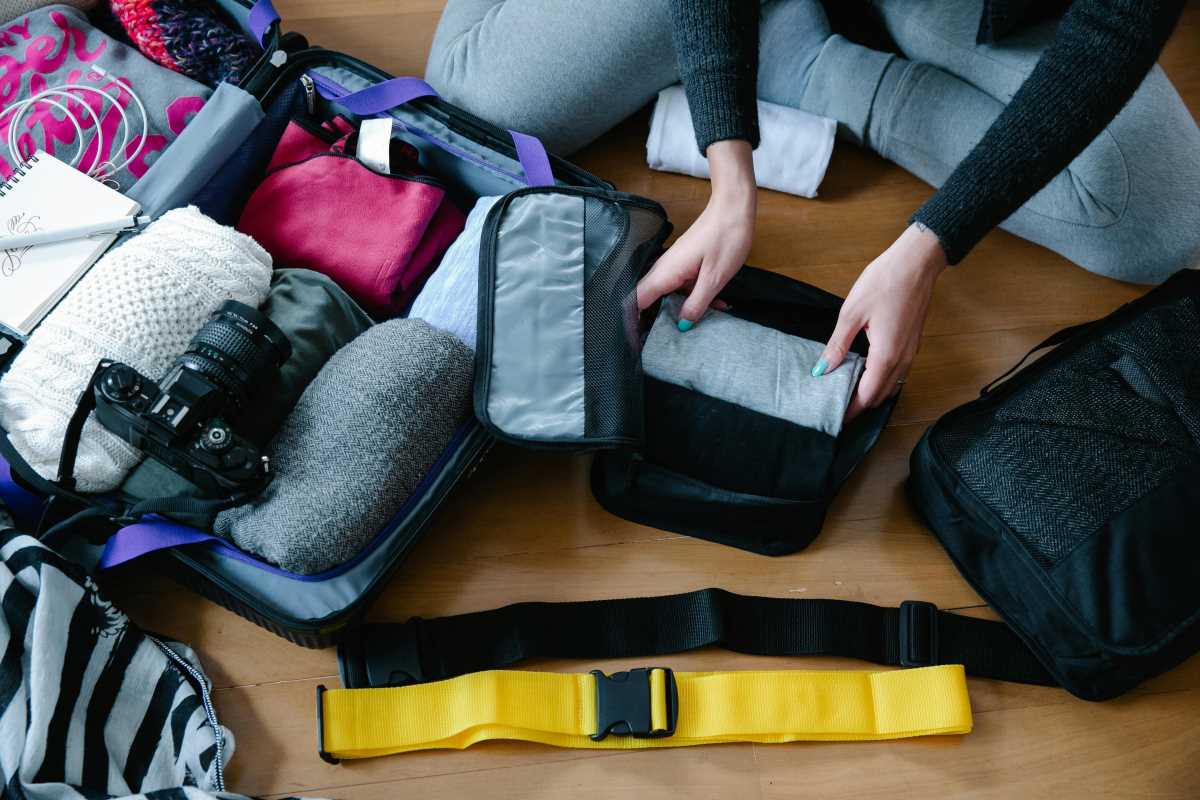Create your own stunning accessories while helping the environment by crafting eco-friendly jewelry using found objects. This creative process not only allows you to express your unique style but also promotes sustainability by repurposing materials that would otherwise go to waste. Whether you're a seasoned jewelry maker or just starting out, using found objects can add a distinctive touch to your creations and reduce your ecological footprint.
Embracing eco-friendly jewelry making offers numerous benefits. It encourages recycling and the thoughtful reuse of materials, minimizes waste, and can often be more cost-effective than purchasing new materials. Additionally, it provides a platform to showcase creativity and individuality, allowing you to design pieces that are truly one-of-a-kind.
Gathering Materials
The first step in crafting eco-friendly jewelry is sourcing your materials. Opting for sustainable and found objects not only supports environmental conservation but also ensures that your creations are unique. Here's a list of potential materials you can use:
- Old buttons and beads from unused clothing
- Broken costume jewelry pieces
- Natural elements like shells, stones, and wooden pieces
- Repurposed metal scraps from household items
- Vintage fabrics and ribbons
- Unused electronic components, such as wires and circuit boards
- Scrap paper and recycled cardboard for unique embellishments
When selecting materials, consider their durability and how they can be transformed into wearable art. Thrift stores, flea markets, and your own home are excellent places to find valuable items that can be given a new life in your jewelry designs.
Tools and Equipment
Having the right tools is essential for creating high-quality eco-friendly jewelry. Fortunately, many of these tools can also be sourced sustainably or repurposed from items you already have at home. Here are some essential tools you'll need:
- Pliers: Ideal for bending and shaping metal components
- Wire cutters: Necessary for trimming and adjusting wires
- Jewelry findings: Components like clasps, hooks, and jump rings
- Beading needles and thread for stringing beads
- Glue and adhesives for securing delicate parts
- A small hammer or mallet for light metalwork
- A workbench or sturdy surface for assembling your pieces
For a more sustainable approach, look for tools made from recycled materials or consider borrowing tools you might only need temporarily. This reduces the demand for new products and supports a more circular economy.
The Creative Process
Crafting eco-friendly jewelry involves several steps, each allowing for creativity and personalization. Follow this step-by-step guide to create your own beautiful pieces:
- Design Your Piece: Start by sketching your ideas. Consider the type of jewelry you want to create, such as necklaces, bracelets, or earrings, and plan the arrangement of your found objects.
- Prepare Your Materials: Clean and sort your found objects. Remove any unwanted parts and prepare them for assembly. This may involve sanding rough edges or straightening wires.
- Assemble Components: Begin attaching your materials using jewelry findings. Use pliers to open and close jump rings, and glue to secure delicate elements that can't be fastened mechanically.
- Add Decorative Elements: Enhance your design with additional decorations like beads, charms, or fabric pieces. This is where your personal style truly shines.
- Finalize the Design: Ensure all components are securely attached and the piece is comfortable to wear. Make any necessary adjustments to improve the fit or appearance.
- Polish and Clean: Give your finished piece a final clean to remove any fingerprints or adhesive residue. This step ensures your jewelry looks professional and is ready to wear or gift.
This structured approach helps maintain focus and ensures that each piece is thoughtfully crafted. Don't be afraid to experiment and adapt the process to suit your creative flow.
Design Tips and Inspiration
Drawing inspiration from various sources can greatly enhance your eco-friendly jewelry designs. Here are some tips to help you create unique and personalized pieces:
- Nature-Inspired Designs: Incorporate elements like leaves, flowers, and stones to bring a natural aesthetic to your jewelry.
- Upcycled Vintage: Use vintage pieces such as brooches or old coins to add a touch of history and charm.
- Minimalist Styles: Embrace simplicity by focusing on clean lines and understated elegance.
- Mixed Media: Combine different materials, such as metal and fabric, to create contrast and texture.
- Color Coordination: Use a cohesive color palette to ensure your pieces are visually appealing and harmonious.
Personalize your creations by adding initials, meaningful symbols, or using favorite colors. This not only makes your jewelry more special but also reflects your individual style and story.
Eco-Friendly Practices
Ensuring that your jewelry-making process remains eco-friendly involves mindful practices that minimize waste and promote sustainability. Here are some strategies to keep your crafting green:
- Waste Reduction: Plan your projects carefully to use as many materials as possible, minimizing leftover scraps.
- Recycling Materials: Reuse packaging materials, such as cardboard or fabric scraps, in your designs or as protective wraps for shipping your creations.
- Safe Disposal: For materials that cannot be reused, ensure they are disposed of properly to minimize environmental impact.
- Energy Efficiency: Use energy-efficient tools and consider the energy consumption of your workspace.
- Sustainable Sourcing: Whenever possible, source new materials from sustainable or certified suppliers to support environmentally responsible practices.
By integrating these practices into your workflow, you contribute to a more sustainable crafting environment and set a positive example for others in the community.
Crafting Eco-Friendly Jewelry using found objects is a rewarding endeavor that combines creativity with sustainability. By thoughtfully selecting materials, using the right tools, and following a structured creative process, you can produce beautiful, one-of-a-kind pieces that not only adorn but also inspire. Embrace eco-friendly practices to ensure your passion for jewelry making positively impacts the planet. Start your own project today and join the movement towards a more sustainable and stylish future.
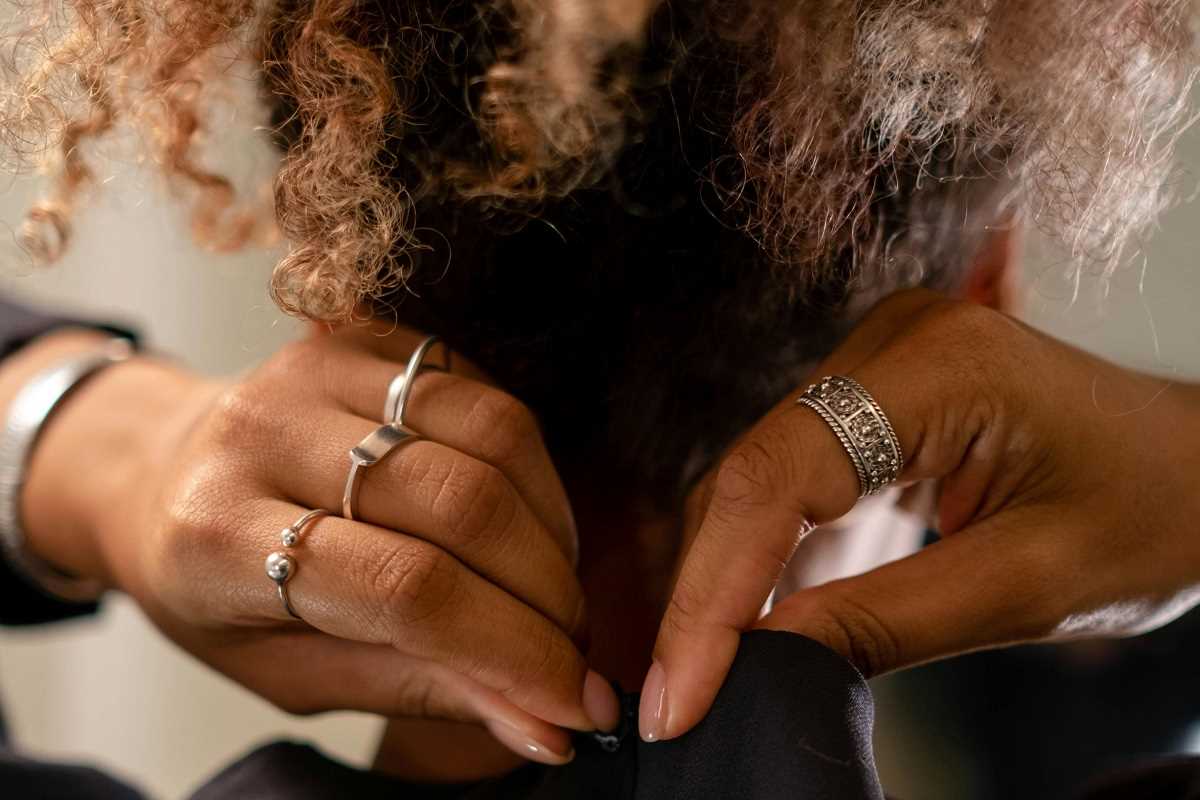 (Image via
(Image via
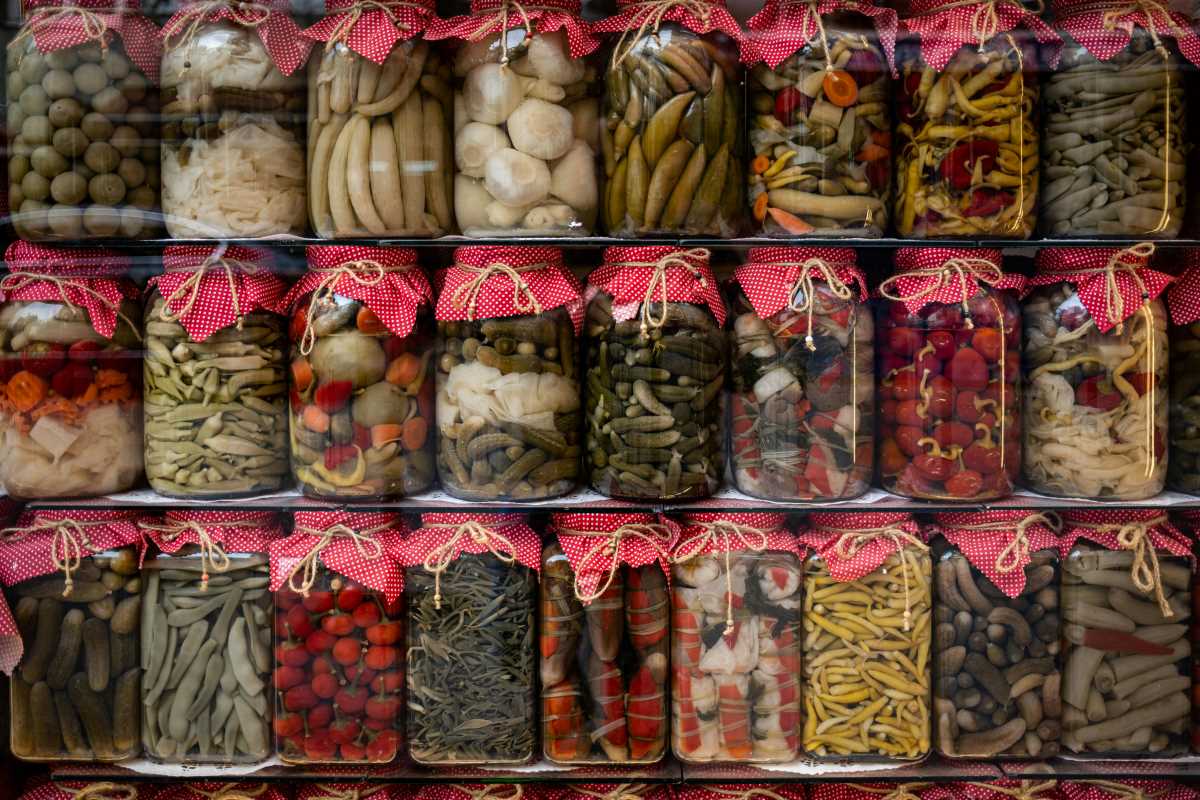
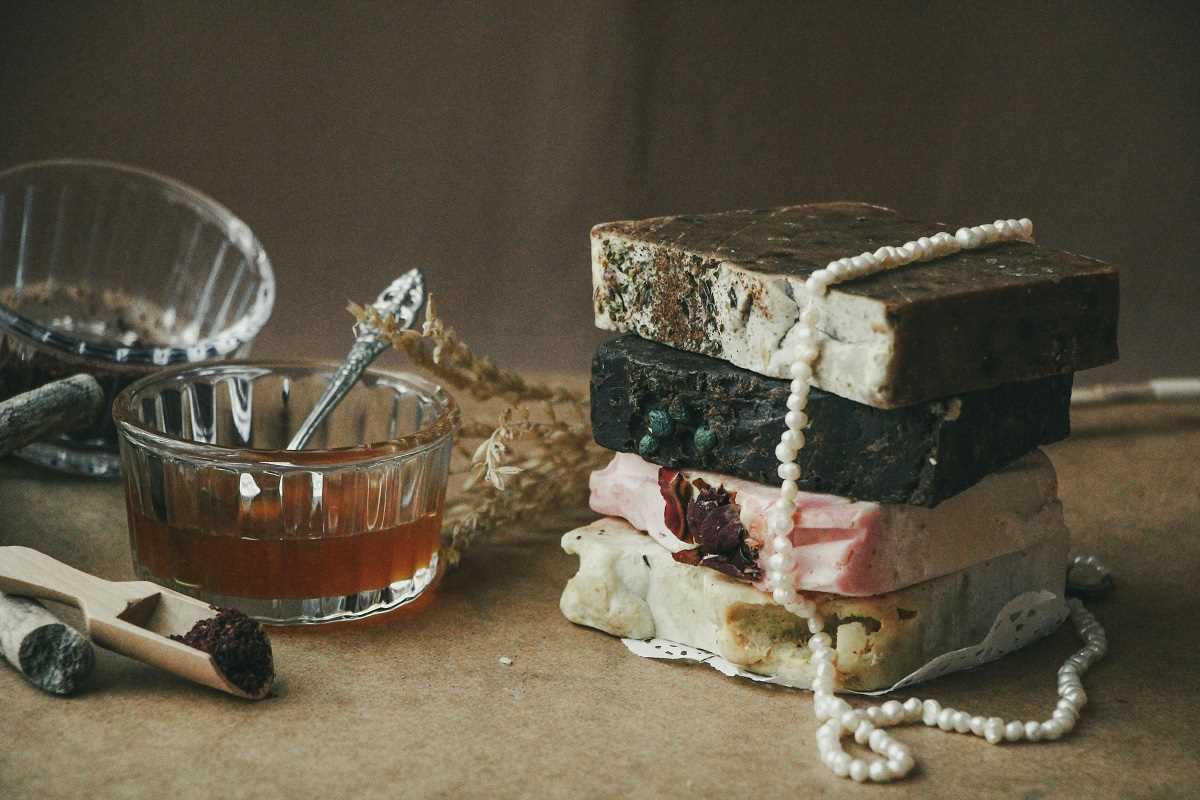

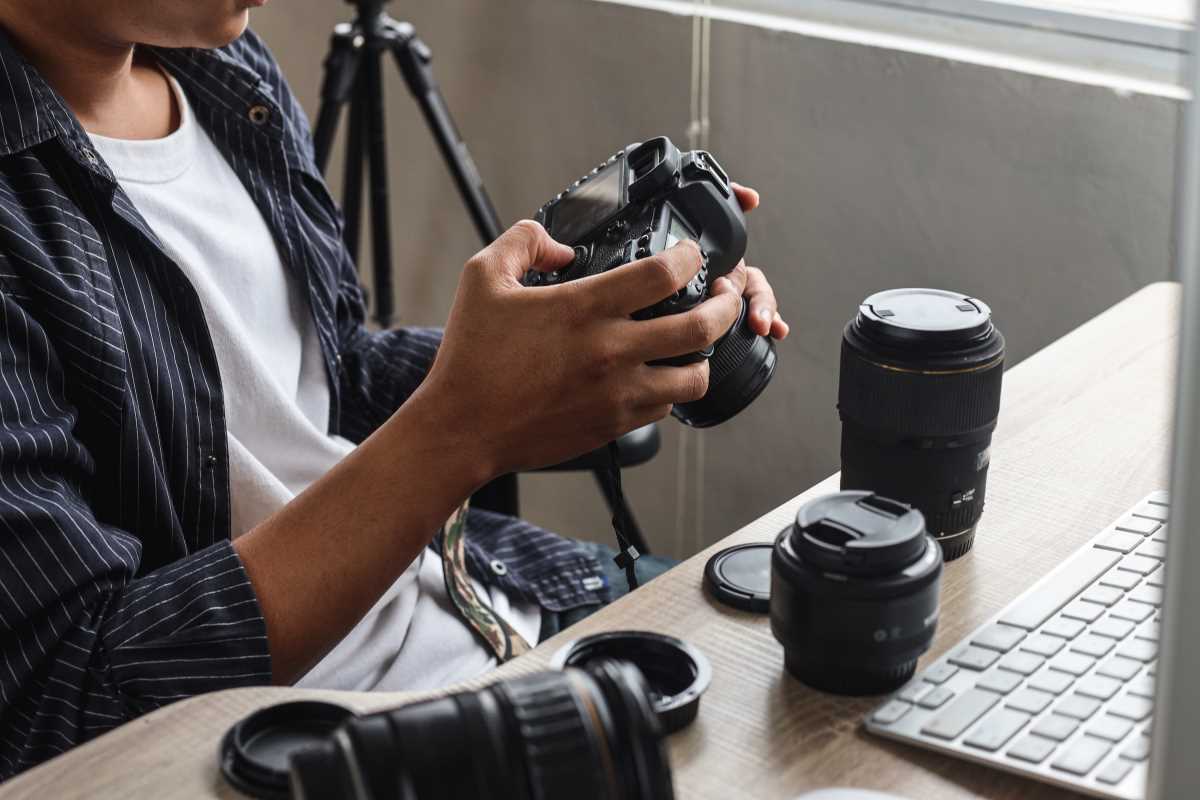
.jpeg)
